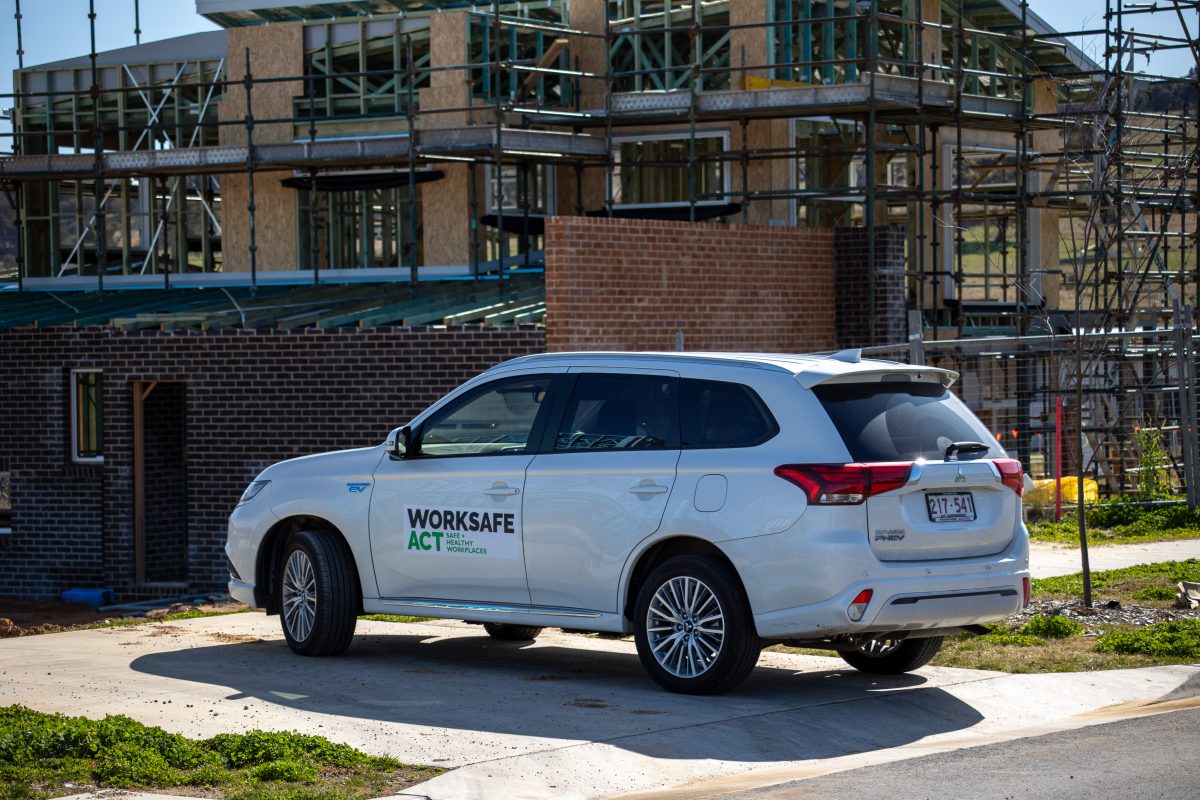
WorkSafe ACT may be independent, but it deserves official scrutiny. Photo: WorkSafe ACT.
Claims that senior male staff at WorkSafe ACT were systematically targeted for removal because of an unsubstantiated belief that they were misogynistic are disturbing.
These were men with years of experience under their belts who had investigated some of Canberra’s most serious workplace incidents.
Some were former police officers who were in the habit of keeping contemporaneous notes about their work experiences, including meetings and conversations.
In a court, they would be considered credible witnesses, but under the new management, when WorkSafe ACT split from Access Canberra to become an independent authority, they were a problem.
The campaign against this ” alleged toxic male culture” was also a secret one, as one found out when a female team member apologised for avoiding him. On her first day, she was warned to steer clear of him and that he was the last one to go on the management hit list.
There were no overt warnings, accusations or even open discussions about sexist behaviour, just a steady erosion of autonomy and the issuing of random misconduct charges that could not be proven but put staff through the complaints mill.
Commissioner Jacqueline Agius reportedly said it was about cleaning up a poor culture, but anyone with a sense of procedural fairness, let alone fair play, would see how wrong this was, not to mention the irony.
Fast forward to now and the culture is far from “fixed”.
Staff turnover is horrendous, the workforce is less skilled, the administration is bloated, and there are questions about the capacity to respond to a serious workplace incident or series of incidents.
One recent former employee says they would struggle. There aren’t enough people with the experience, investigative skills or even willingness to attend a site or sites where someone may have died or sustained serious injuries.
Employees keep confirming that inspectors are under pressure to accumulate stats. That might superficially boost performance and be good for a media release but it means workplaces are not properly regulated and workers put at risk.
A lot of people appear to be being brought in from outside the public sector, which may be part of a deliberate strategy to build a different kind of culture and mould staff.
But many come without a safety background or requisite skills and appear not to know their rights as public servants.
One former senior inspector says the recruitment process is a mess and promotions often contradict public sector merit selection standards.
The essential problem remains that WorkSafe can regulate every other workplace but no one seems to be able or willing to look at its problems.
While it is an independent authority, set up to be free of the kind of political interference that marked its previous incarnation, the catalogue of issues raised by former and current employees demands scrutiny from the Minister for Industrial Relations and Workplace Safety, Mick Gentleman, or the Legislative Assembly.
It has been nearly six years since the final report of the Independent review of the ACT’s work safety compliance infrastructure, policies, and procedures was handed down.
It recommended the setting up of an independent authority. But is it working? It’s time for another look.


















